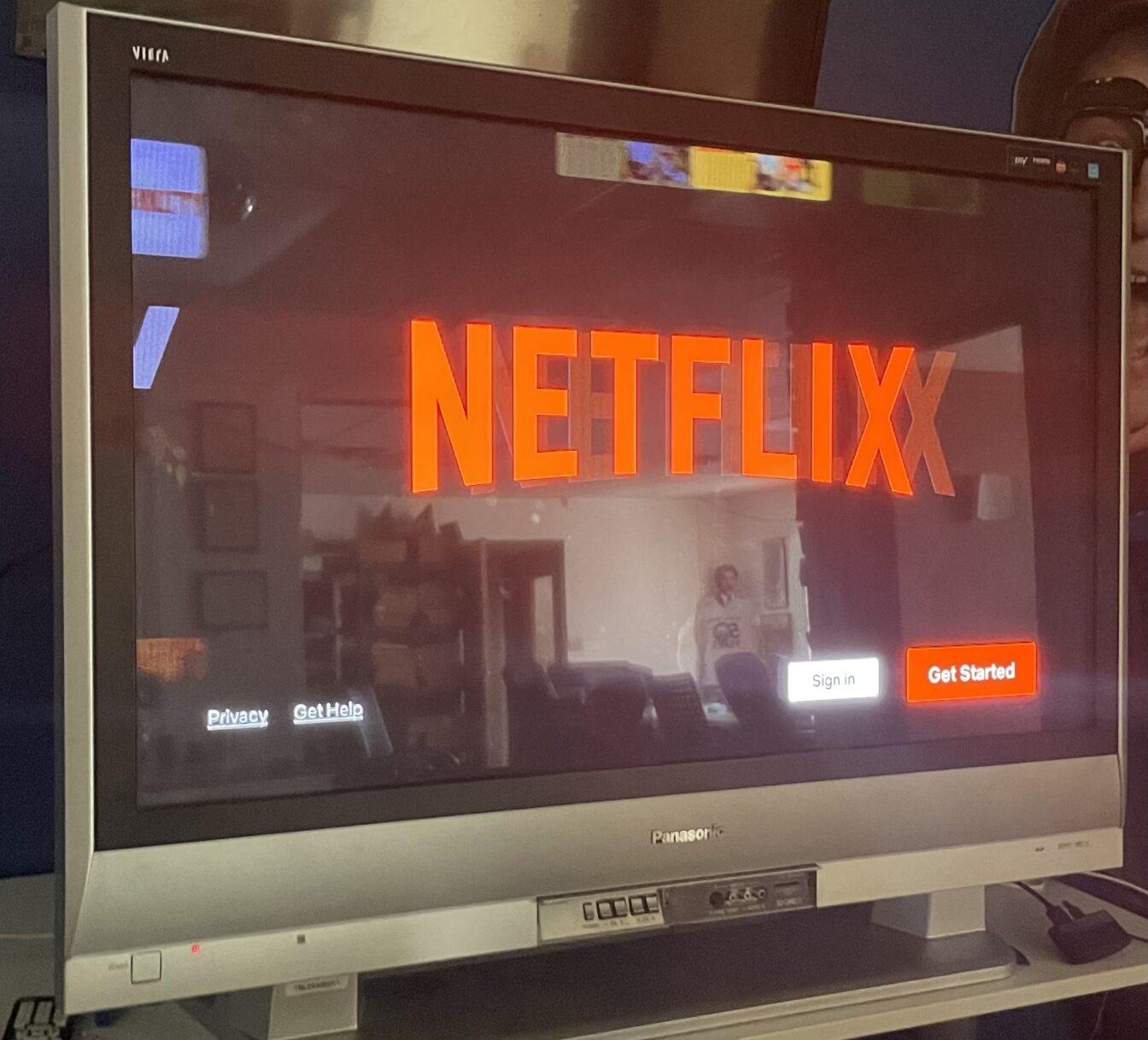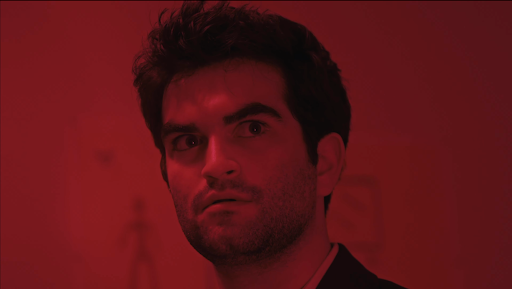In a tiny store nestled into a Tokyo Metro station, Jiro Ono’s skilled hands are dancing at his restaurant, Sukiyabashi Jiro. Rice, fish and sauce are combined into a tiny bundle of flavor that can overwhelm every sense. Only the most select ingredients from Tokyo’s fish market and the best rice dealers are acceptable for Jiro’s sushi, and they are prepared with vigorous ritual and care. Jiro’s tiny shop has gained fame in the food critic community, and his brilliance is the focus of David Gelb’s first major documentary, “Jiro Dreams of Sushi.”
As tiny as Jiro’s sushi shop is, it has been called one of the finest in the world by the Michelin Guide, receiving a rare three-star rating. A food critic in “Jiro Dreams of Sushi” said not only is it worth coming to Japan just to dine at Sukiyabashi Jiro, but that when it was judged by Michelin it was Jiro’s eldest son, Yoshikazu, making the sushi, noting that the full genius of Jiro’s sushi was not critiqued. The price tag on one lunch or dinner at Sukiyabashi Jiro is a whopping 30,000 Yen, or roughly $375, and reservations must be placed at least a month in advance.
Watching Jiro and his apprentices making and preparing sushi on screen is mesmerizing. Even rice being cooked and readied is engaging and fascinating. Gelb’s camera work captures Jiro’s 75 years of sushi-making experience put to the test with each mound of rice molded, every slice of tuna and every stroke of the brush filled with succulent sauce. Fitting classical music is added to turn Jiro’s serving of guests into a waltz. Despite some clashing cinematographic techniques, Jiro’s craft is guaranteed to keep an audience’s attention.
But “Jiro Dreams of Sushi” is not all about sushi. The film jumps its focus from Jiro and his sons’ personal lives and their lives with sushi. There is no clear distinction in the storytelling because the entire family’s focus is on each person’s work. Jiro visits his hometown, tells of his time during and after World War II, and describes his upbringing. The film also covers the differences between Jiro’s children.
While Yoshikazu works at his father’s Sukiyabushi Jiro, his younger son, Takashi, manages another branch of the shop. Jiro explains how his sons were drawn to different aspects of the sushi-making business, and how he is very proud of their dedication.
Jiro explains his philosophy of hard work and how he has devoted his life entirely to sushi. He is trying to achieve perfection in his technique but says he will probably never make the sushi to beat them all. Yoshikazu says hard work will only take one so far and that talent must carry quality the rest of the way to perfection. American audiences may disagree with these claims, but the way they are presented in “Jiro Dreams of Sushi” is an interesting look into the Japanese traditional mindset.
“Jiro Dreams of Sushi” touches on a lot of topics not relating to Jiro that tear away from the film’s focus. For example, while shots of Tokyo’s Tsukiji fish market are eye-opening and engrossing, much of this footage feels like fluff to try to make the film longer. There is too much focus on aspects that don’t adhere to the theme of Jiro’s hard work.
A serious lack of direction also harms the film’s overall flow. There are so many peaks in narrative that could have been used to end the film that when the finale finally arrives, audiences may wonder if there is more. The tale of Jiro could have been told in a much more straight-forward fashion, but instead Jiro’s life is poorly chopped up. While it’s not impossible to make sense of the jumps, it doesn’t do Jiro justice.
“Jiro Dreams of Sushi” is entirely in Japanese with English subtitles, immersing the audience in Jiro’s thoughts and imagination. It should be noted, however, that the translation is embellished. Often, when Jiro was giving specific information, his words were changed to more lucid, poetic responses. Jiro’s actual demeanor of language in Japanese is straight-forward, looking to convey his thoughts concisely instead of using the flowing language of the subtitles.
Seeing a master of sushi at work is an incredible experience. But as a film, “Jiro Dreams of Sushi” misses the mark on putting together a good documentary.
3.5 stars out of 5




















